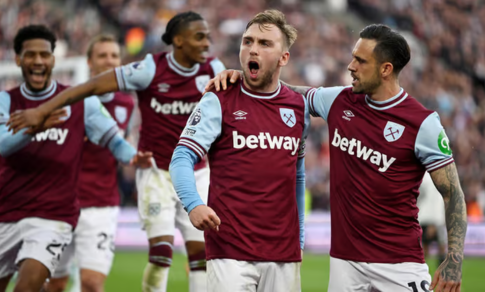Betting companies have become highly visible in football, with logos now prominent on banners around European league stadiums and team uniforms. In the English Premier League, 11 of the 20 teams are currently sponsored by betting companies, bringing in a collective £125 million this season. This increase coincides with a new regulation banning betting companies from the front of team shirts, starting in the 2026/27 season, although sleeve sponsorships will remain permitted. Smaller Premier League clubs especially benefit from these deals, with newly promoted teams expected to earn £5-6 million from betting sponsors, compared to around £2.5-3 million from non-betting sponsors.
Interestingly, major English clubs like Arsenal, Manchester United, and Liverpool have avoided betting sponsorships on their shirts for over a decade, though smaller clubs continue to rely on these lucrative deals. England follows other leagues in restricting betting sponsorships; for instance, Italy introduced similar restrictions in 2019, and Spain implemented a ban in the 2021/22 season. The reasons for these bans are tied to gambling’s addictive nature, particularly concerning given the wide appeal and influence of football as a sport. Betting companies naturally gravitate toward football, as it generates about half of the UK’s £2.3 billion betting market revenue annually.
Watch NPFL Matches LIVE: https://www.africasport.net/livetv/nigeria
Despite the shirt sponsorship ban, betting promotions are still pervasive across football media, with an average of 2.75 gambling mentions per minute in matches. A University of Stirling study in 2020 highlighted how this frequent exposure occurs during broadcasts of major competitions like the Premier League, Scottish League, and Champions League, underscoring the persistent influence of betting brands on football audiences.
The visibility of betting companies goes beyond the pitch; fans wear jerseys adorned with these sponsors regularly, extending the reach of these companies. Jersey sponsorship is far from new, beginning with English club Kettering Town’s bold move in 1976, when they displayed a local tire shop’s logo, making them the first football team to advertise on a match shirt. Although the Football Association initially resisted, shirt sponsorships eventually became a norm, and by the 1980s, all English league teams displayed sponsors on their jerseys.
Over the years, sponsorships have become part of club identity, with iconic partnerships like Manchester United’s association with SHARP or Inter Milan’s longstanding link with Pirelli. Betting sponsorships continue to be significant, with Real Madrid’s 2007–2013 deal with BWIN worth €20 million per season, followed by an even larger sponsorship with Emirates. Sleeve sponsorships, such as HP’s recent €70 million deal with Real Madrid, further illustrate the high value companies place on exposure through football uniforms.
While betting companies are prominent, some clubs have opted for socially responsible sponsors. A notable example is Barcelona’s partnership with UNICEF from 2006 to 2011, in which Barcelona paid €1.5 million annually to display UNICEF’s logo on their shirts, reversing the traditional sponsor-club dynamic. This collaboration emphasized social impact, setting a moral contrast to other commercial partnerships within football sponsorship.
Football’s long-term association with sponsors—betting-related or otherwise—demonstrates the industry’s power to influence and extend sponsor visibility well beyond the game itself, impacting both player and fan culture for years.








ADD A COMMENT :